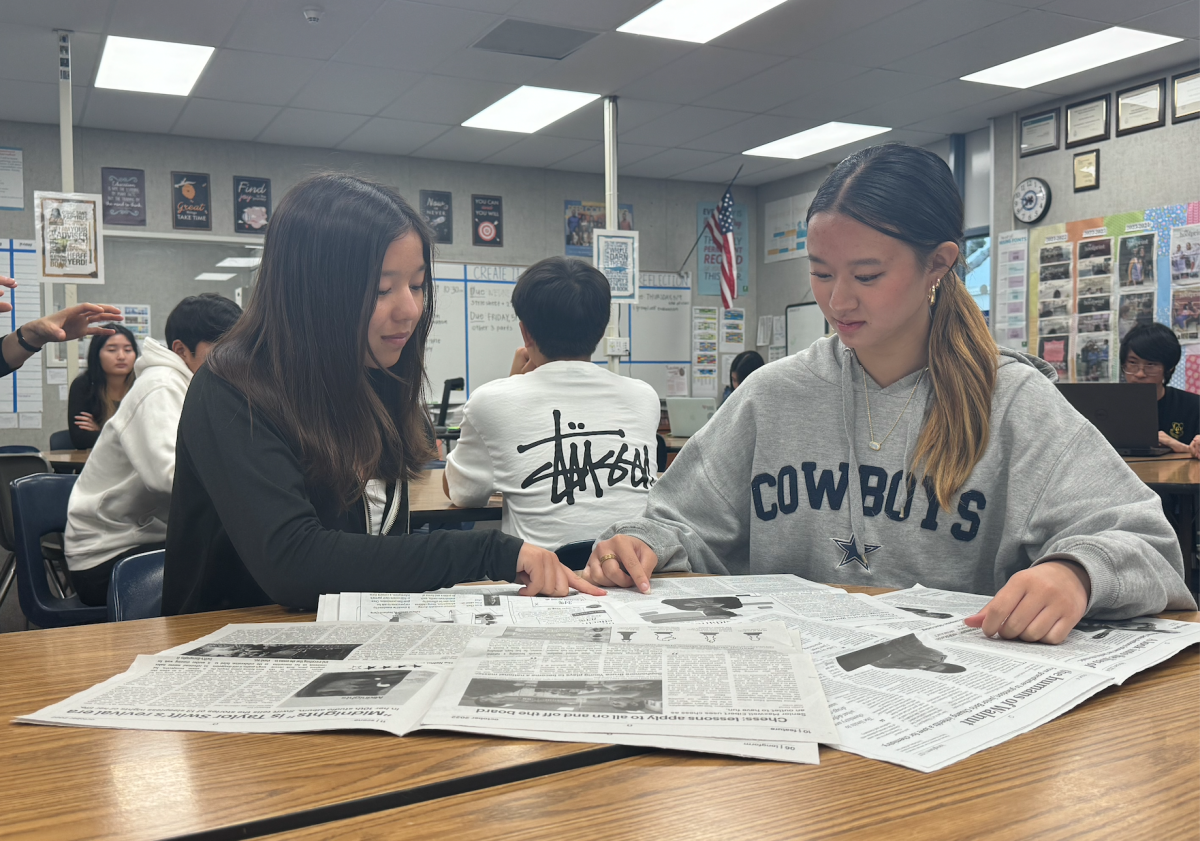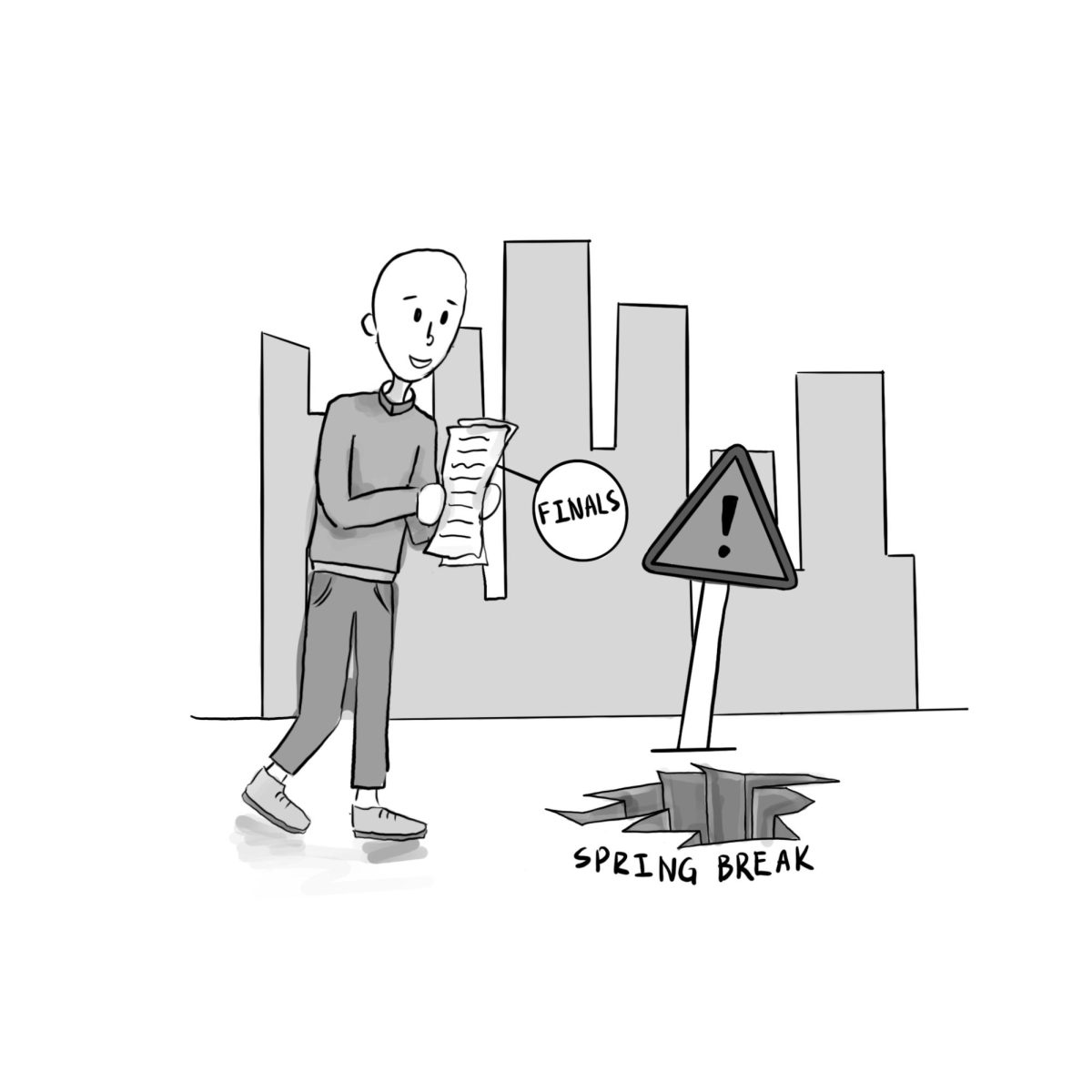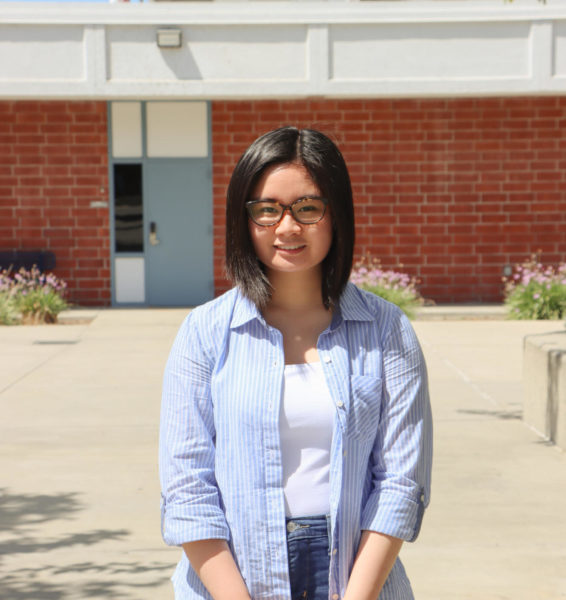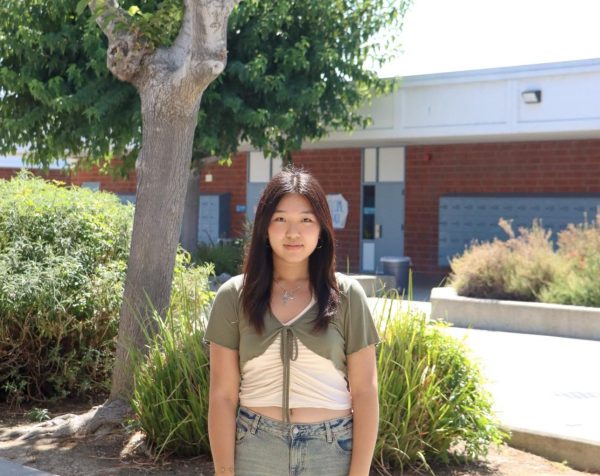My high school journalism career began quite belatedly after a hasty decision to drop an extra science elective in junior year.
With high hopes of finding a new campus experience in hand, Publications appeared to be the most exciting option on my course selection sheet, and with the encouragement of some classmates, I decided to break away from my science-filled underclassmen years and dive into journalism.
Prior to joining, I had never done any sort of reporting or even considered pursuing a career in journalistic media, but after joining Publications, I became captivated with the craft, exploring outside Publications through editing for a non-partisan journalism outlet and reviewing submissions for international literary magazines.
Had it not been for The Hoofprint, I firmly believe I would have never found my love for communication and writing.
Within recent years, many collegiate publications have come to the forefront as sources of breaking news for their institutions and local communities. The newspaper at the University of Texas at Austin’s, for example, sends students to report government coverage for statewide news outlets. At the Daily Northwestern, student journalists uncovered hazing allegations through interviewing former athletes on Northwestern’s football team that later led to the firing of their head coach. Student journalists at Stanford led an investigative report that revealed data fabrication and misconduct in research performed by the University’s president.
The journalism industry has lauded these young journalists for their work, hailing them as the future generation of truth-tellers, but this celebration must go hand in hand with the high school publications that introduce and shape many of these college journalists.
Journalism is forging ahead in the educational sector, particularly when issues and controversies must be addressed in local communities, like the reporting on new policies regarding parental notification and critical race theory bans in Temecula Valley Unified School District. Scholastic journalism gives students a chance to traverse the open exchange of ideas, thoughts and opinions of the student body that later produce informed, illuminating stories.
According to California Ed Code 48907, school-affiliated publications reserve the right to publish content that is not defamatory, slanderous, libelous or false without prior review of the school administration. Thus, publications have the singular ability to open a forum of student expression, reporting factual on-campus news and shining a light on unheard voices.
High school publications are often the unacknowledged champions of journalism. Journalism is a fundamental medium of communication in informing people how to make sense of the events unfolding around them. It is a craft anchored in inquiry that encourages students to approach uncertainty with curiosity.
High school publications truly creates something meaningful when they produce a newspaper issue or curate a yearbook — and I think it’s made through the unending dedication and lasting attachment that student journalists have to their communities alongside their enthusiasm for finding and amplifying hidden stories.
Walnut Publications has taught me how to be receptive to new outlooks, take initiative to investigate relentlessly, stay inquisitive and open my mind to so many perspectives from the student body and beyond. High school journalism programs have the potential to transform students’ perspectives and experiences. It has certainly transformed mine.



![Social science teacher Nick Madrid’s desk and floor are littered by ungraded papers due to burnout. “My desk hasn’t been this messy before and it’s been this way ever [since] I started grading papers,” Madrid said.](https://whshoofprint.com/wp-content/uploads/2025/04/IMG_1659-900x1200.png)



